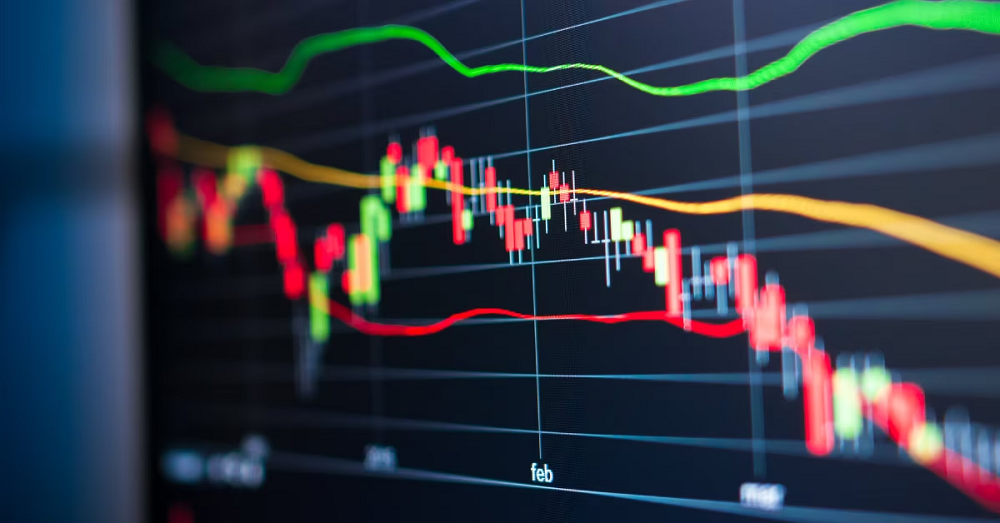Technical analysis is a method brokers use to predict future price changes by studying past market data. This helps investors make smart decisions based on patterns and trends, not just company performance or economic news.
Key Components of Technical Analysis
Technical analysis uses charts and tools to apprehend market conduct. It looks at rate moves, trading volumes, and historic records to be expecting future trends.
1. Price Charts:
- Line Charts: Simple charts showing closing fees through the years.
- Bar Charts: Show starting, ultimate, high, and coffee expenses for each length.
- Candlestick Charts: Visual charts showing charge movements with “candles” indicating excessive, low, beginning, and ultimate fees.
2. Indicators and Tools:
- Moving Averages: Smooth out rate records to pick out developments by means of averaging charges over a duration.
- Relative Strength Index (RSI): Measures how fast and what kind of expenses change to identify overbought or oversold conditions.
- MACD (Moving Average Convergence Divergence): Shows the relationship between two transferring averages to signal trend modifications.
3. Support and Resistance Levels:
- Support: A charge level in which an inventory tends to forestall falling and begin growing.
- Resistance: A price level wherein a stock tends to prevent growing and start falling.
4. Trend Lines:
- Uptrend: Prices make better highs and better lows.
- Downtrend: Prices make decrease highs and lower lows.
How Brokers Use Technical Analysis
| Action | Description |
| Identifying Trends | Look for upward, downward, or sideways trends to decide on buying or selling strategies. |
| Volume Analysis | Analyze trading volumes to gauge the strength of a trend. High volume means a strong trend. |
| Pattern Recognition | Identify patterns like head and shoulders, double tops and bottoms, and triangles to predict market movements. |
| Setting Entry and Exit Points | Decide when to enter or exit a trade by identifying key levels of support and resistance. |
Advantages and Disadvantages of Technical Analysis
Advantages:
- Quick Decisions: It facilitates making selections fast, which is first rate whilst the market is moving quickly.
- Works Everywhere: You can use it for shares, Forex, and commodities.It’s really versatile.
- Clear Trends: It makes it easy to spot trends and patterns, kind of like seeing the bigger picture.
Disadvantages:
- Different Opinions: People might see different things in the same chart. It’s like when two people look at the same painting but notice different details.
- Old Data: It uses past data, which might not always predict the future. It’s a bit like driving by looking in the rearview mirror.
- Less Reliable: Not as good in very volatile or manipulated markets. It’s like trying to read tea leaves in a storm.
Practical Application
To do a trend analysis:
- Pick a Market: Choose the market you want to study, like stocks, Forex, or commodities.
- Collect Data: Gather past price movements and trading volumes.
- Analyze Data: Use charts and tools to spot trends and patterns.
- Make Predictions: Use your findings to predict future price changes and decide when to buy or sell.
Final Thoughts
Technical analysis is a helpful tool for brokers. It helps them understand market trends and make smart trading choices. By looking at price movements, trading volumes, and patterns, investors can guess how the market will behave. They can then change their strategies based on this. While technical analysis has some limits, using it with other methods can improve success.











